Traveling to Europe can be an exciting adventure filled with exploration, culture, and new experiences. However, before you embark on this journey, it’s essential to address the practical aspects of traveling, especially when it comes to powering your electronics. One of the most significant differences you will encounter is the European Union (EU) plug and socket system. This article provides essential tips on using EU plug(Japanese:EUプラグ) safely, ensuring that your devices are powered without any issues during your travels.
Understanding EU Plug Specifications
Types of EU Plugs
When traveling to Europe, it’s important first to understand the plugs and sockets you will encounter. The most common plug used in the EU is Type C. This plug has two round pins and is often referred to as the European plug. Additionally, you may come across Type E and Type F plugs in some countries, which also have two round pins with a grounding pin.
Type C plugs are compatible with Type E and F sockets, but not vice versa. This can create confusion if you have devices that use different plug types. Always be sure to check the specific requirements of the country you are visiting to avoid any inconveniences with your devices.
Voltage and Frequency
In addition to the physical design of the plugs, the voltage and frequency in Europe differ from many other regions. Most EU countries operate on a voltage of 230 volts and a frequency of 50 Hz. In contrast, countries like the United States operate on 120 volts and 60 Hz. This disparity means that devices designed for lower voltages may face risks of damage if used without the appropriate transformer or adapter.
Checking the specifications of your devices is crucial. Many modern electronics, such as chargers for laptops or smartphones, can handle both voltage systems, but it’s always best to confirm. Look for a label on your device that indicates the input voltage range. If it states “100-240V,” you should be safe using it in Europe with just an adapter.
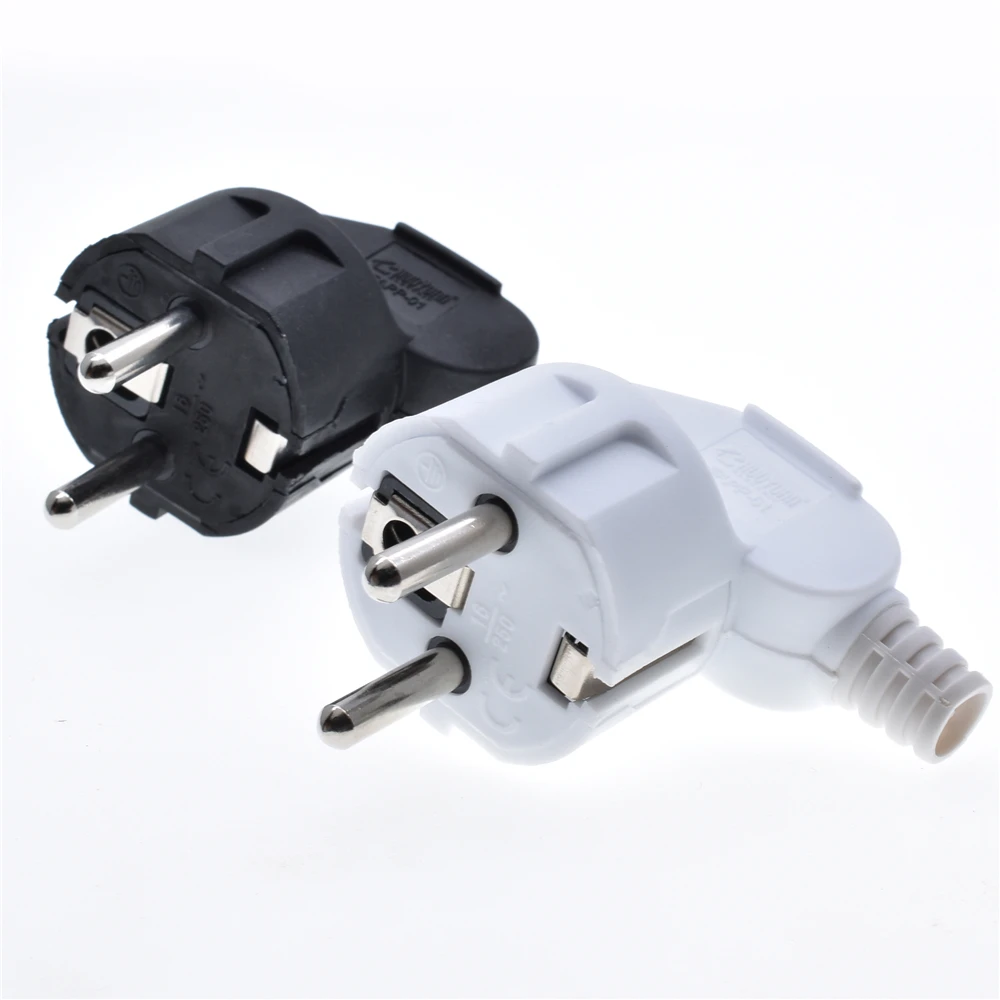
Choosing the Right Power Adapter
Universal Travel Adapter
To ensure compatibility with European outlets, consider investing in a universal travel adapter. These adapters come with multiple plug types and are designed to work across various regions. With a universal adapter, you can charge your devices regardless of the plug type used in the specific country you’re visiting.
While selecting a universal adapter, ensure that it is compact and lightweight, making it easy to carry in your luggage. Many models also include USB ports, which can be handy for charging multiple devices simultaneously. Some adapters even come with built-in surge protection, providing extra safety for your electronics.
Avoiding Cheap Imitations
While it can be tempting to purchase a cheaper adapter from a local store or airport, it is crucial to prioritize quality over cost. Cheap adapters can be poorly made and may lack safety features such as overload protection. Using inferior adapters can pose a risk of damage to your devices due to overheating or electrical surges.
Investing in a reputable brand can help you avoid potential issues. Look for adapters that come with good reviews and recommendations from other travelers. Remember, the safety of your devices is worth the extra expense.
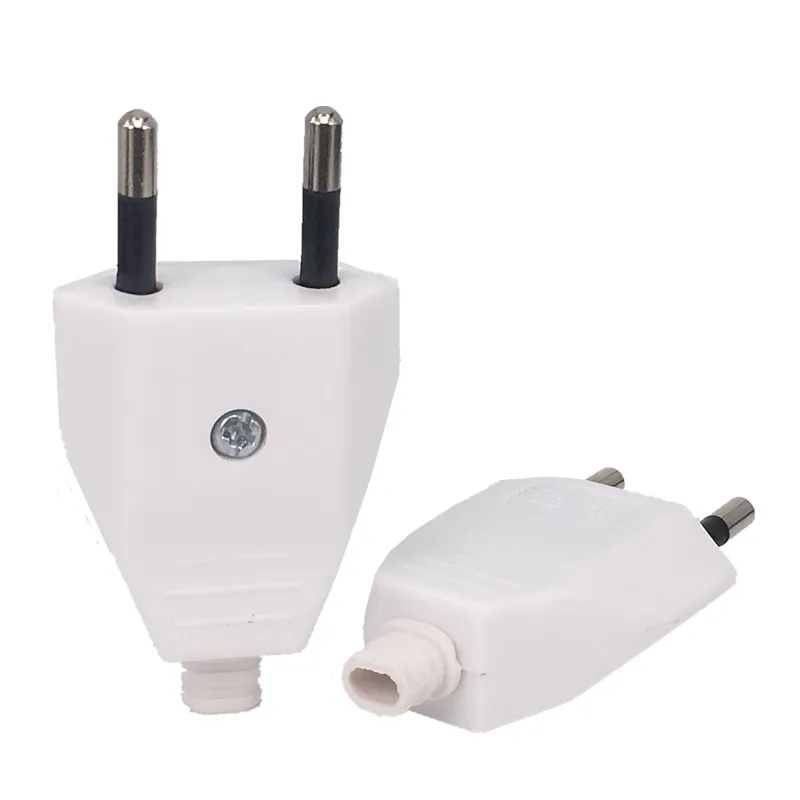
Charging Your Devices Safely
Follow Manufacturer Guidelines
When charging your devices using an EU plug, always follow the manufacturer’s guidelines. Each device may have specific requirements for safe charging, and disregarding them can lead to damage. Read the user manual for any specific instructions regarding voltage and compatibility to ensure you charge your devices safely.
Avoid using your devices in extreme temperatures or in environments where moisture is present, as this can also affect their performance. Keeping your devices well-maintained and following manufacturer guidelines will minimize the risk of damage during your travels.
Avoid Using Multiple Devices on One Outlet
In Europe, many hotel rooms provide only a limited number of outlets. It may be tempting to use a multi-plug adapter to charge several devices at once. However, overloading a power outlet can lead to malfunctions or even electrical fires. To ensure safety, charge your devices one at a time whenever possible.
If you do need to charge multiple devices simultaneously, use a quality surge protector with overload protection. This type of device can help prevent power surges from damaging your electronics. Be cautious and avoid plugging in too many devices at once, especially if the outlet seems to struggle with the load.
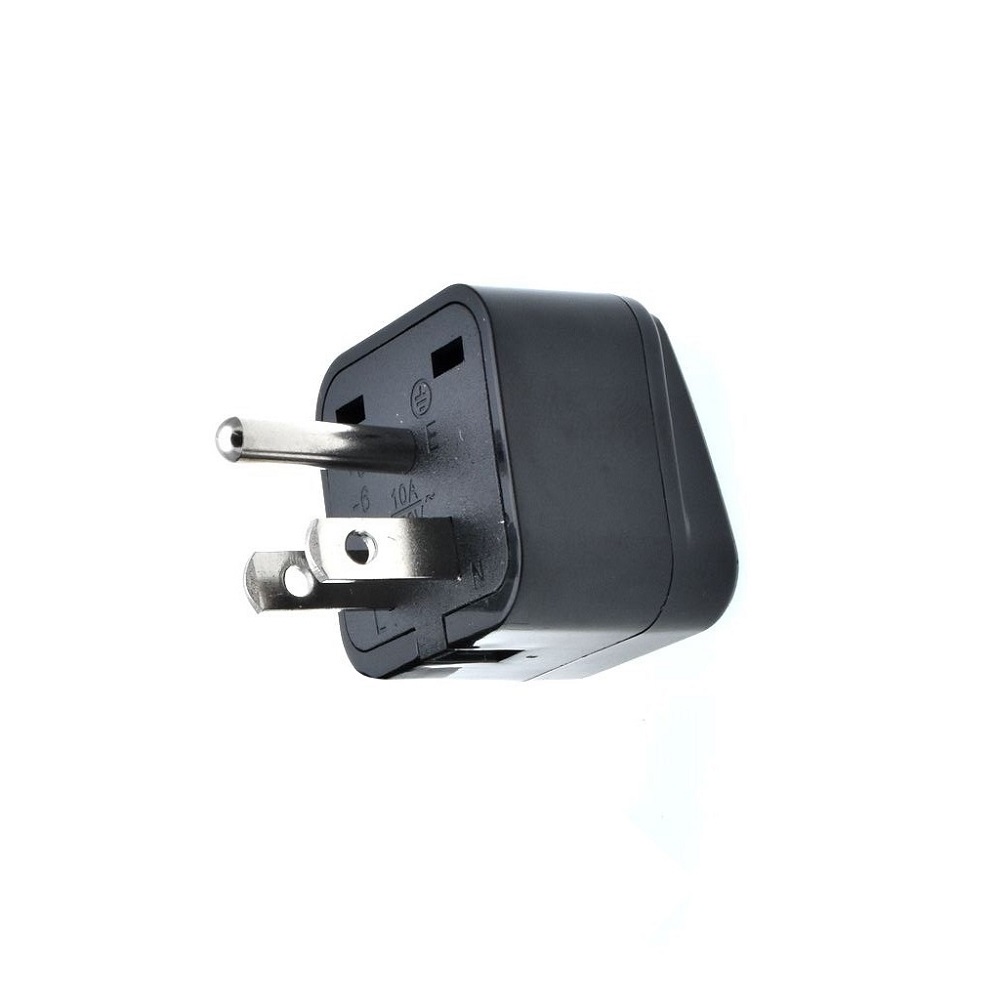
Understanding Adapter Limitations
Check Wattage Ratings
When using power adapters, it is essential to be aware of their wattage ratings. Each adapter can support a specific maximum wattage. Exceeding this limit can cause the adapter to overheat or fail. Always check the wattage of your devices, especially high-powered electronics like laptops or hair dryers.
If your adapter has a lower power rating than your device, it can lead to malfunction or complete failure. Choose an adapter that meets or exceeds the wattage requirements of your devices to ensure safe usage during your travels.
Don’t Use Adapters for High-Powered Appliances
Adaptors should not be used for high-powered appliances such as electric kettles, hair dryers, or cooking equipment unless they specify that they can handle such devices. These appliances usually require converters rather than simple adapters. Using a standard adapter for high-powered devices can lead to overheating and pose fire risks.
If you need to use such appliances, consider purchasing a voltage converter that is specifically designed for the wattage your device requires. This is especially important for appliances that heat up, as they can draw significantly more power than standard electronics.
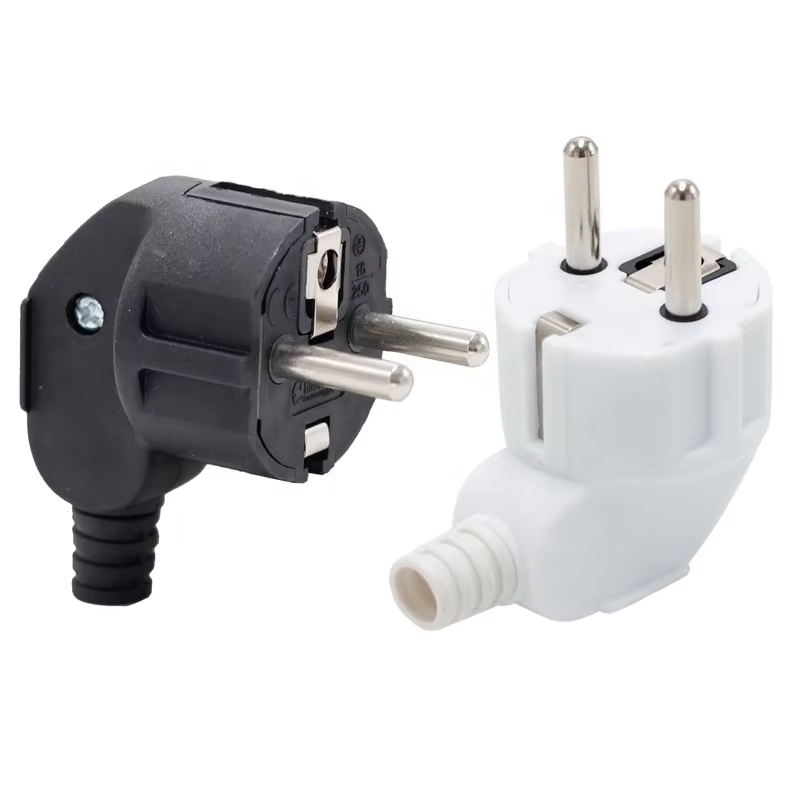
Powering Up in Different Environments
Hotel Collectivity Guidelines
When using EU plugs in hotel rooms, be aware of the specific electrical regulations of the country. Hotels usually provide standard adaptors; however, not all accommodations will have them readily available. It is advisable to carry your own adapter and charger, as this will make charging devices easier and safer.
In shared accommodation, such as hostels, be mindful of the usage limitations. Users often must share their outlets, so be respectful of others. Avoid monopolizing outlets and be courteous to fellow travelers who may also need to charge their devices.
Public Charging Stations
Many European cities offer public charging stations for electronics, especially in busy areas like train stations and airports. While these charging stations are convenient, ensure you are using a reputable one. Public chargers can pose security risks, including data theft. Instead of plugging your device into a public charger, consider carrying a portable power bank for charging on the go.
Portable power banks can be particularly handy during day trips or long excursions where access to power outlets may be limited. Ensuring your devices remain charged will help you navigate and enjoy your travels without interruption.
Staying Informed About Electrical Safety
Research Electrical Standards
Before arriving in Europe, take some time to research the electrical standards of the specific countries you plan to visit. Not all EU nations follow the same regulations when it comes to electrical devices. Understanding local guidelines and requirements will prepare you for any challenges or differences you may face.
Familiarizing yourself with local practices ensures that you approach any situation informed. This knowledge might include recognizing specific power surge risks, weather conditions affecting electrical systems, or traditional practices observed in restaurants and public venues.
Seek Local Advice
Once in Europe, consider seeking local advice regarding electrical safety. Local residents and hotel staff can provide valuable insights into what to expect when it comes to using electrical devices. If a voltage converter or adapter isn’t needed, locals may guide you on how to find reliable points for charging your devices.
Being proactive about safety will contribute to a smoother travel experience. Moreover, it builds rapport with locals and enhances your overall enjoyment as you discover new cultures and destinations.
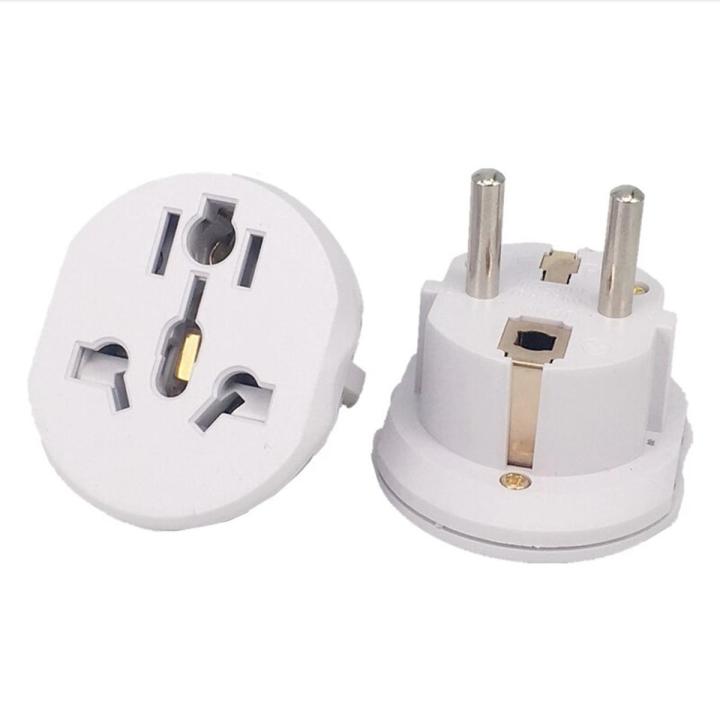
Powering Your European Adventure Safely
In conclusion, traveling to Europe requires careful consideration of how to use EU plug and adapters safely. Understanding plug specifications, choosing the right power adapter, and being mindful of charging practices are all essential for enjoying a hassle-free trip.
By taking time to research voltage and outlet types ahead of your travels, you can avoid most common issues. Carry high-quality adapters and be aware of the limitations of your devices. Remember to be cautious when charging in public spaces and to follow local electrical standards.
Ultimately, being informed and prepared will help ensure that your trip to Europe is filled with positive experiences rather than technical difficulties. By following these essential tips for using EU plug safely, you can focus on enjoying your European adventure, exploring new towns, and experiencing the rich culture and history that the continent has to offer. Safe travels!